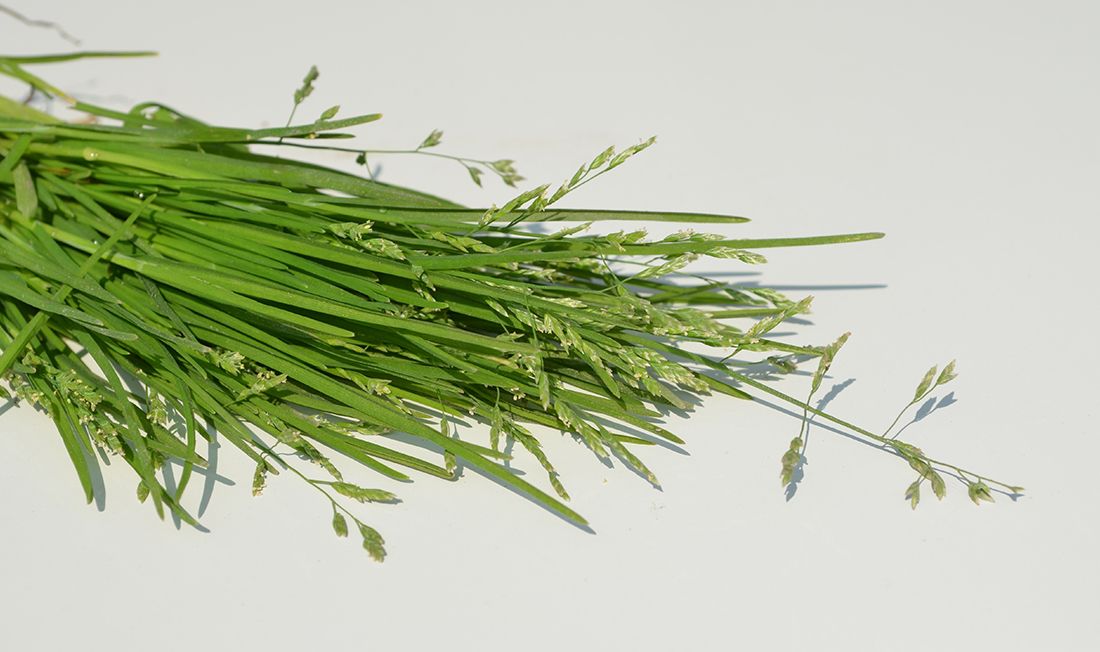Annual weeds are typically not a major headache for us lawn nerds. Even with annual grasses like crabgrass and goosegrass, there are usually a plethora of herbicides that provide a spectrum of control options. If you’ve ever gone to war with poa annua, or annual bluegrass, however, you’ll know that this generality doesn’t always hold true. Sure, you can try a pre-emergent application or two and then sprinkle in some post-emergent applications. After all, there are lots of herbicides labeled for poa annua control or suppression. But, do they work? Hopefully you haven’t bragged to the lawn dad down the street that you’re gearing up for your prodiamine application, because “annual bluegrass” may not be annual at all.
Poa annua has widely been accepted as an annual weed because, well, Linneaus said so. Recent research shows that this may have just been a classic mislabeling that has led to years of heartbreak and frustration for lawn lovers. Observations of poa annua in the transition zone of the United States have documented populations flowering as early as the first week of August which seems abnormal for a grass that experiences peak emergence at soil temperatures around 65 degrees fahrenheit. The only explanation for the phenomenon is that these populations of poa annua have survived the summer and are exhibiting a perennial life cycle. For those who have been treating poa annua as an annual weed, this changes the game.
For the sake of clarification, poa annua doesn’t ALWAYS survive the summer. There is one main factor that gives it a crutch so that it can limp along through the blistering July afternoons; fungicide. Fungal diseases have proved to be the choke hold that causes poa annua to tap out to mother nature during the summer. When fungicides are applied, the weed can fend off its attackers and await the time when it can again rear its ugly seedhead. Excessive phosphorus applications can also provide poa annua with the root density and vigor that it needs to compete with desirable turfgrasses and tolerate adverse environmental conditions.
If you’re ready to take on the battle with poa annua, with all of the above factors in mind you’ll need a comprehensive strategy involving both chemical and cultural controls. First, a late summer/early fall pre-emergent application will help inhibit some or all germination of the existing seeds in the soil. For this application, products containing prodiamine, dithiopyr or pendimethalin are typically the herbicides of choice and should be completed when soil temperatures are around 70 degrees fahrenheit. Remember, if you opt for a pre-emergent, you likely won’t be able to overseed until the spring. Follow-up post emergent applications in the fall and spring will be necessary to control existing poa annua. Post-emergent options in cool season grass include products containing ethofumesate or amicarbazone. Herbicides for warm-season grasses are more abundant and include trifloxysulfuron and foramsulfuron.
Without proper cultural controls, your herbicides may be rendered useless. If you have an existing poa annua problem, skipping your summer fungicide regimen may enable it to die out with the heat. While late summer/fall phosphorus applications are typically recommended, be sure to limit the amount applied as it may increase the size of the roots and shoots of your poa annua. Phosphorus applications are usually recommended during seed establishment, which may be one more reason that you may have to choose between overseeding and controlling your poa annua this fall.
Carroll, D. E., Horvath, B. J., Prorock, M., Trigiano, R. N., Shekoofa, A., Mueller, T.C., & Brosnan, J. T. (2022). Poa annua: An annual species?. Plos one, 17(9), e0274404.
McCurdy, J. D., Bowling, R. G., de Castro, E. B., Patton, A. J., Kowalewski, A. R., Mattox, C. M., ... & Bagavathiannan, M. V. (2023). Developing and implementing a sustainable, integrated weed management program for herbicide‐resistant Poa annua in turfgrass. Crop, Forage & Turfgrass Management, 9(1), e20225.









